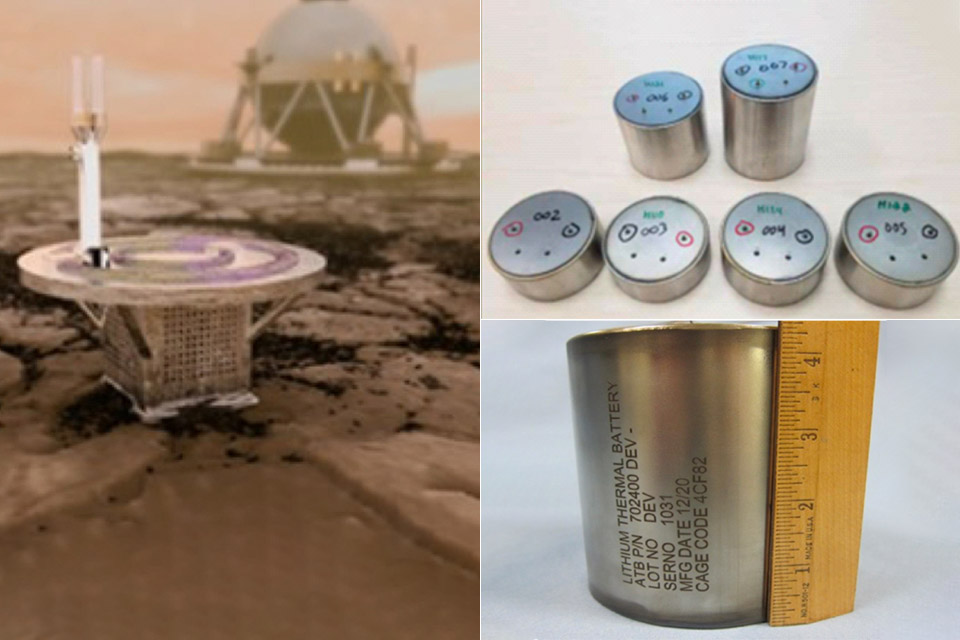
NASA partnered with Advanced Thermal Batteries, Inc. (ATB) to develop a high-temperature battery system to power the Long-Lived In situ Solar System Explorer (LLISSE) on the Venus surface once it arrives. Unlike other battery systems, this new approach is capable of achieving high-temperature operation for extended periods of time.
Making a battery that functions for months on end in conditions that can melt lead solder isn’t easy to say the least, but NASA and Advanced Thermal Batteries, Inc. (ATB) managed to develop the first battery that can successfully operate at Venus temperatures for an entire Venus solar day, or 120 Earth-days. The Venusian surfaces reaches approximately 465° Celsius, which can cook standard batteries, while the pressure can reach 92 times what we experience on Earth.
- POWERFUL TELESCOPE FOR ASTRONOMY BEGINNERS: The AstroMaster 114EQ delivers sharp optics, a stable equatorial mount, and smooth manual controls, making...
- HIGH-QUALITY 114MM OPTICS: Enjoy views through the 114mm (4.5”) Newtonian reflector, which features high-quality aluminum and SiO₂ coatings and...
- SMOOTH, ACCURATE POINTING: Effortlessly aim and center your target using the two slow-motion control knobs for right ascension and declination whether...

This recent battery technology demonstration, with improved architecture and low self-discharge electrochemistry, is a huge accomplishment that many may have not thought possible,” said Dr. Kevin Wepasnick, ATB Project Engineer.






